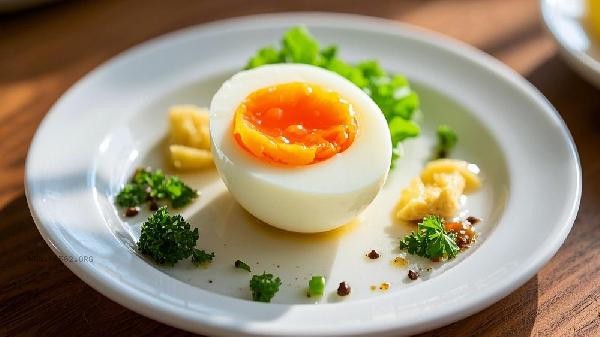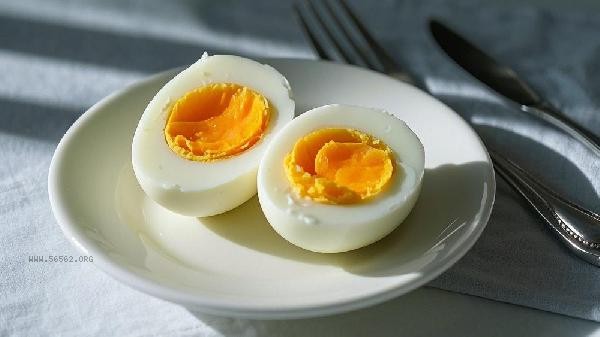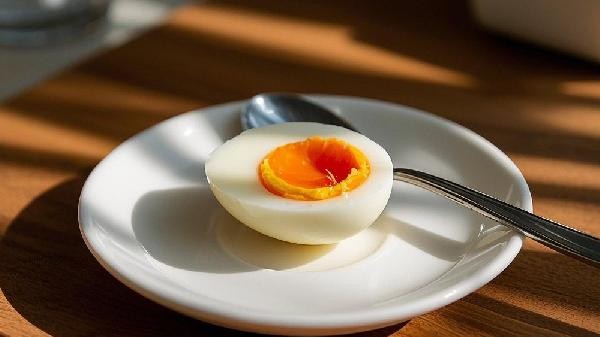The peeling and sticking of cooked eggs are usually related to the freshness of the eggs, cooking methods, or cooling methods. The main reasons are that the eggs have been stored for too short a time, the cooking time is insufficient, the cooling speed is too fast, the inner membrane of the eggshell is abnormal, and the peeling technique is improper.

1. Eggs stored for too short
The inner membrane of fresh eggs is tightly attached to the protein, making it difficult for the membrane to separate after cooking. After the eggs are produced, they need to be left to stand for a few days to allow the carbon dioxide inside the eggs to be released and reduce the viscosity of the inner membrane. Freshly cooked eggs are prone to protein adhesion when peeled.
2. Insufficient cooking time
Insufficient cooking time can lead to insufficient protein coagulation, resulting in incomplete separation from the inner membrane of the eggshell. Fully cooked eggs need to be boiled in boiling water for 8-10 minutes. If the cooking time is less than 6 minutes, the outer layer of the protein is prone to residual sticky substances. When cooking, a small amount of salt or white vinegar can be added to help solidify the protein.
3. Too fast cooling rate
Immediately rinsing with cold water after cooking can cause the eggshell to contract rapidly, squeezing the protein and reattaching to the inner membrane. The ideal way is to turn off the heat and let the eggs soak in hot water for 5 minutes, then slowly cool them down in lukewarm water. Cooling methods with excessive temperature differences can damage protein structure.

4. Abnormal inner membrane of eggshell
Some eggs have thickened inner membrane of eggshell due to malnutrition or disease of the hen, which forms strong stickiness after cooking. This situation is more common in free range eggs or eggs laid by elderly hens. Choosing eggs from legitimate channels can reduce the probability of such problems occurring.
5. Improper shelling technique
When shelling, it is easier to separate the inner membrane from the gas chamber end, and incorrect technique can lead to protein tearing. You can gently roll the boiled egg on the table to evenly crack the shell, soak it in cold water to peel off the shell, and use the buoyancy of water to reduce adhesion. Keep the peeling process gentle.

To improve the egg shelling experience, you can try the following methods: choose eggs that have been stored for 3-5 days, cook them for 8 minutes after the water boils, turn off the heat and simmer for 5 minutes, then transfer to warm water for cooling. Before peeling, lightly tap the eggshell to form fine cracks, and then peel along the cracks after opening a small opening from the end of the chamber. If you frequently encounter skin sticking, you can check the source and storage conditions of the eggs, and adjust the fire control of the egg boiling equipment if necessary. Pay attention to the combination of eggs and other protein foods in daily diet to ensure a balanced intake of nutrients.








Comments (0)
Leave a Comment
No comments yet
Be the first to share your thoughts!